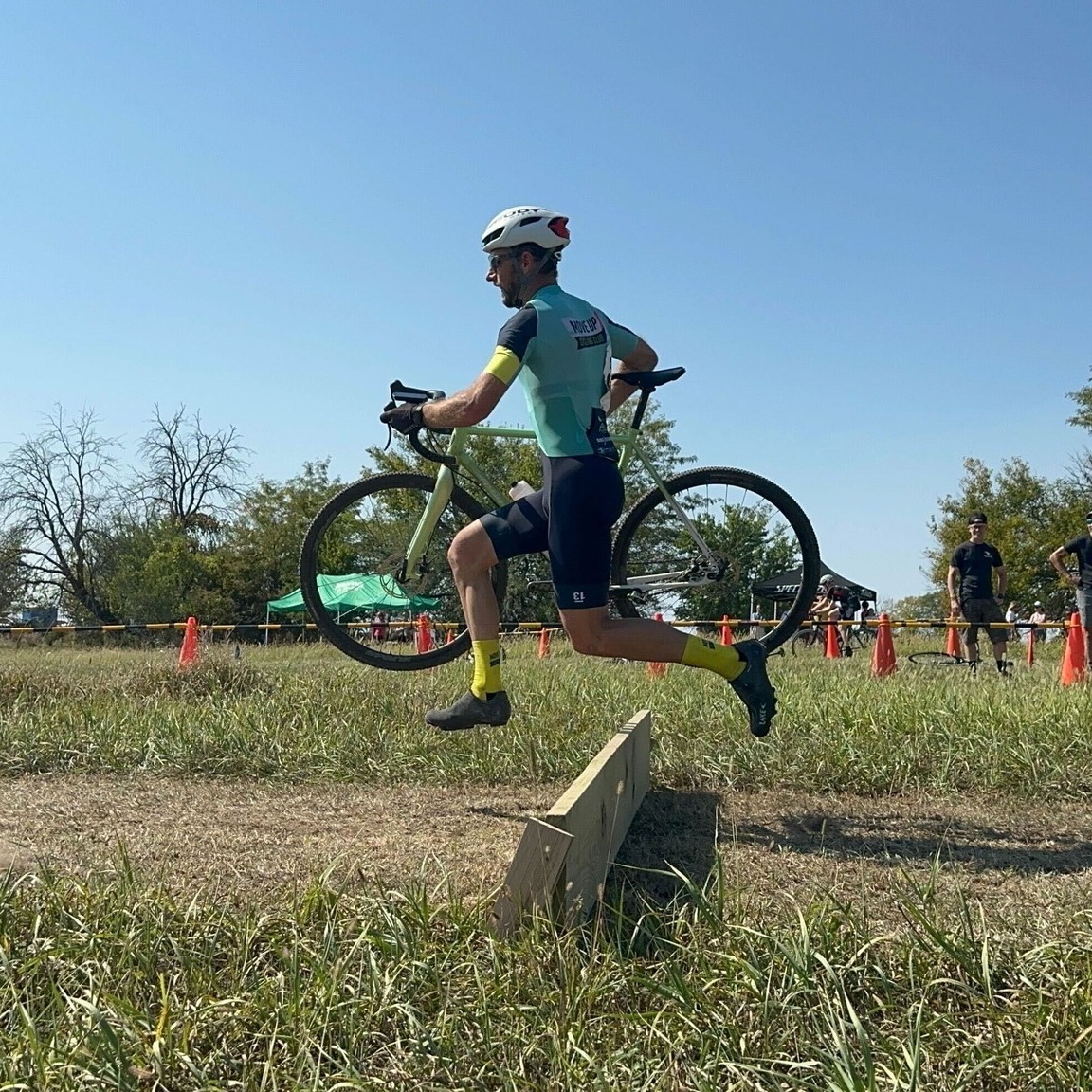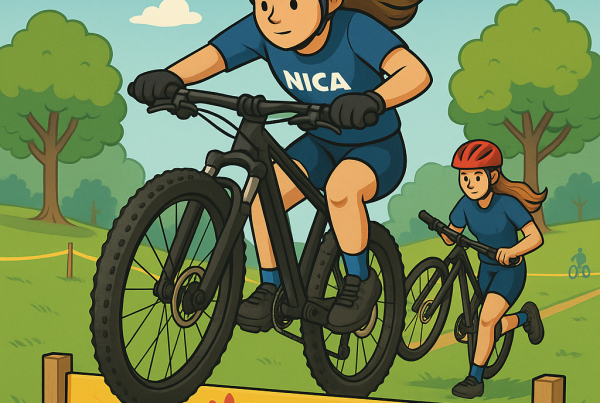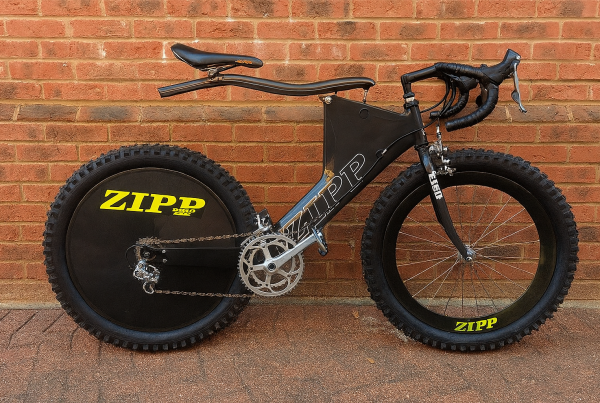After talking to tons of riders about why they don’t race cyclocross, I’m convinced I can convince you to give it a shot—whether you’re:
-
A roadie locked into exact wattages (e.g. “Coach says I gotta ride at 65% of FTP with (3) x 3-minute efforts at 117% FTP (100% of my 5-minute 90-day PDC) with 3-minute recovery at 54% FTP… beep boop”).
-
A gravelleur obsessed with never coasting to keep steady watts (“never stop, never stopping”).
-
A mountain biker curious if this weird hybrid sport is for you (spoiler: it is).
-
A new rider wondering if adding another discipline makes sense while you’re still focused on gravel, road, or something else (guess what—CX is for you too!).
Let the convincing begin. In Part One of this three-part series, I’m going to show you why cyclocross is so good for your fitness.

When the Data Gets Messy
I’m a cycling coach. I love numbers as much as the next person. When I first got into training with power, I tried to optimize every single minute. I even told some clients—who were trying to get me to quit being such a roadie and ride MTB—
“You can’t get a good training ride mountain biking—you’re not pedaling enough.”
Oh my lanta, I couldn’t have been more wrong.
What bothered me was how messy the data looked. My heart rate would be pegged, but my power? Way low. That tanked my TSS and made it look like I hadn’t trained.
Cyclocross is in the same boat. HR absolutely maxed out, legs on fire, lungs charred… yet the power data looks like a chaotic tempo ride. The average and normalized power rarely tell the full story. CX course design varies, but in general, your file won’t look impressive—even though the effort completely wrecks you.
Over time I’ve learned that power meters capture output beautifully in ideal conditions—on a trainer or smooth roads. But they’ve never been great at measuring total stress. And while HR offers a glimpse, even it has limitations.
So here’s the real question:
Do you honestly believe that racing with your heart rate pegged, surging repeatedly, and finishing completely trashed isn’t making you fitter—just because your power file doesn’t look impressive?
I used to think that. I used to think that if it didn’t look good in TrainingPeaks, it wasn’t “real” training.
But now? I know better. And I want you to know better, too.
What Cyclocross Adds
What CX does for the hyper-focused fitness nerd is force you to step outside your comfort zone and experience the chaos of real bike racing.
In a training session, I might program 20–30 hard efforts out of the saddle. In a CX race? You’ll double that—minimum.
You’re forced to surge, recover, and surge again—all while managing traction, tight turns, and off-camber weirdness. These are efforts you can’t replicate well in training, especially not in such a concentrated dose.
That’s what makes CX such a potent tool for building match-burning skills.
You have to train yourself to burn matches if you want to get good at burning matches.
Real Race Data
Let’s look at some intensity distribution charts—real race data from high-level podium finishers.
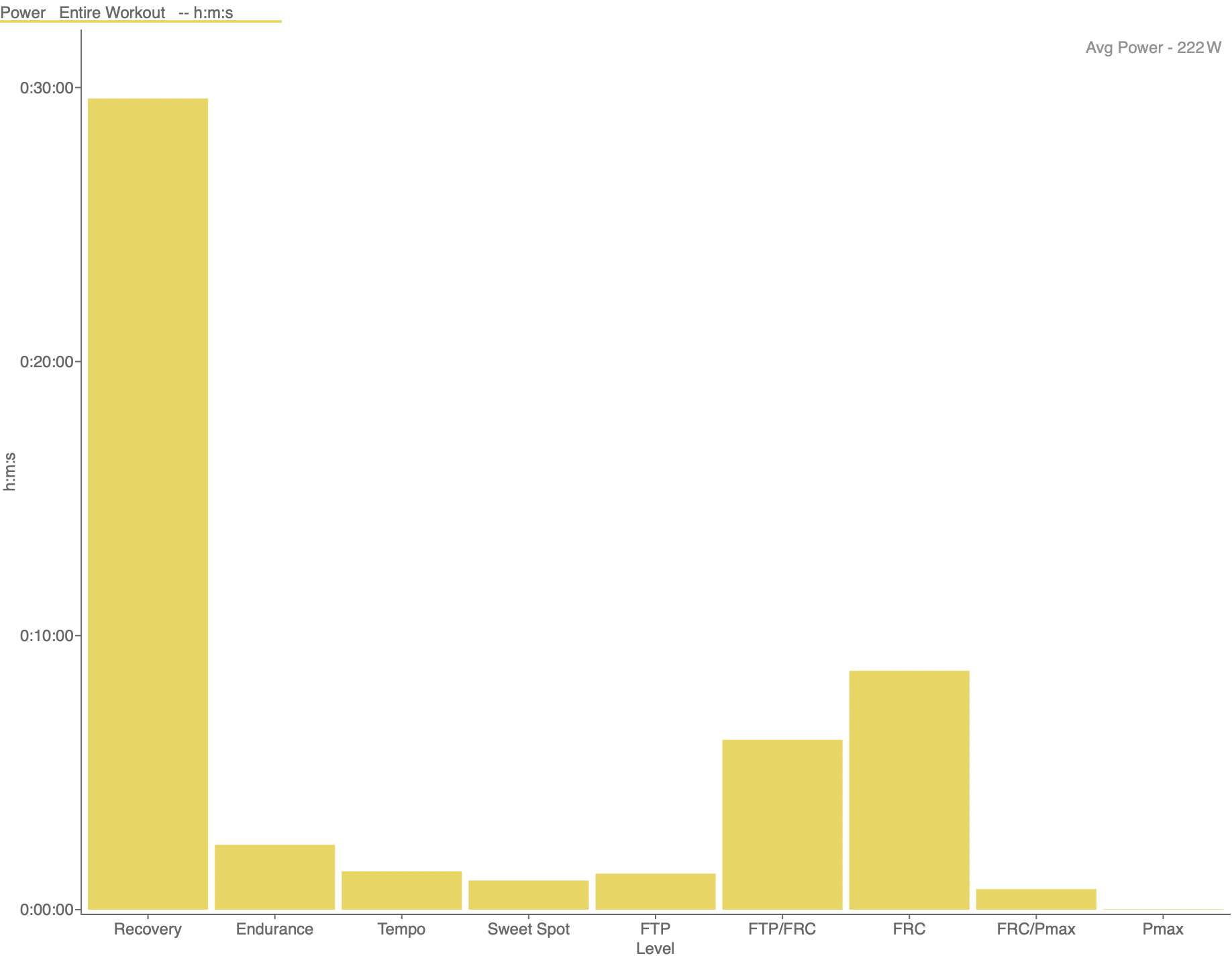
CX Race
Snake Farm CX 2024
15-20 minutes of time spent above FTP during a 50 minute race (34% of race duration)
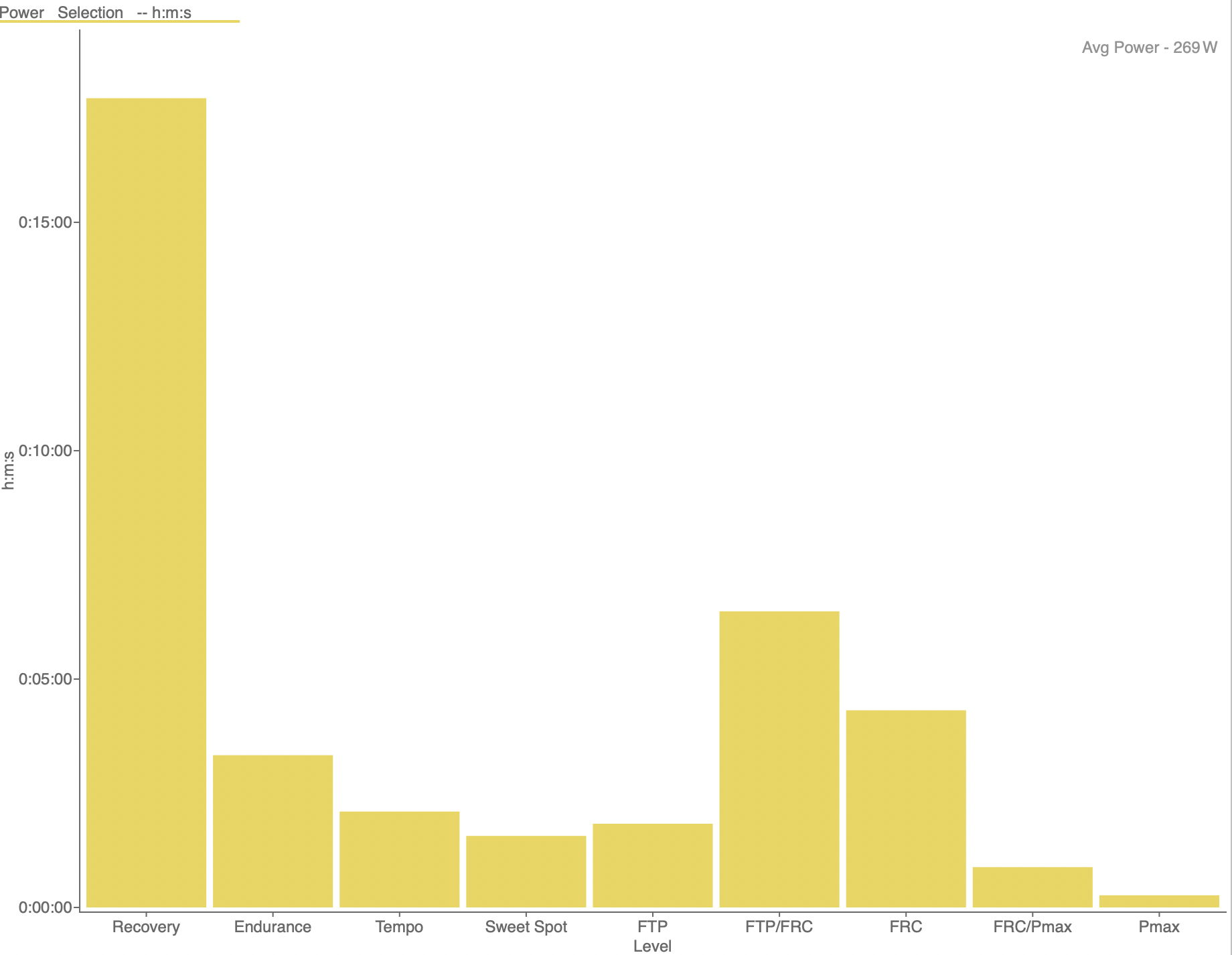
Criterium
Wednesday Night Worlds 2025
~15 minutes of time spent above FTP in a 40 minute criterium (37% of race duration)

Gravel Race
Muleskinner Gravel 2025
40-45 minutes of time spent above FTP in a 68 mile race / 3.25 hours. (22% of race duration)

Road Race
Joe Martin Stage Race 2015
~75 minutes spent above FTP during a 110 mile road race / 4.75 hours. (26% of race duration)
While it’s not apples-to-apples comparing long gravel races to short CX events, the trend is clear:
-
All four types of racing—road, gravel, CX, MTB—require significant time above FTP.
-
Gravel and road tend to favor middle intensity zones, but even in long races, 22–26% of race time is spent above FTP. Those spikes happen during attacks, surges out of corners, covering moves, or short climbs.
-
In CX and crit racing, there’s even more time above threshold. CX, in particular, is polarizing—you’re either coasting into a turn or sprinting out of one.
More experienced racers learn to smooth those transitions, but regardless of skill level, riding fast on a CX course requires a massive number of accelerations. The best racers have huge matchbooks—and they know how to burn through them.
The Takeaway
If you want to improve your ability to handle high-intensity efforts and stay with faster groups, cyclocross is one of the best tools out there. CX gives you a condensed, externally motivated effort—essentially a race simulation that focuses only on the hardest parts of your event, whatever that event may be.
And for the gravel and road riders (let’s be real, you’re the ones most likely to dismiss CX because of its messy data)… here’s the deal:
If your goals include better results in gravel or road races—and you know you tend to crack when things get spicy—then ask yourself:
Are you using all the tools available to get better?
Many of the best road racers use cyclocross in the off-season to round out their abilities and become more complete riders.
If your goal is to be stronger on gravel or the road, then you need to train all the elements that contribute to success in those disciplines. And often, the things we resist the most are exactly the areas we need to work on—especially in the off-season.
And if you’re here in the Kansas City area, you’re in luck. There’s a thriving local CX scene with weekly practices and a 10+ race series right in your backyard. You can literally sleep in and still make it to the venue with time to pre-ride.
This is Reason #1 in the “Convince You to Try Cyclocross” series.



